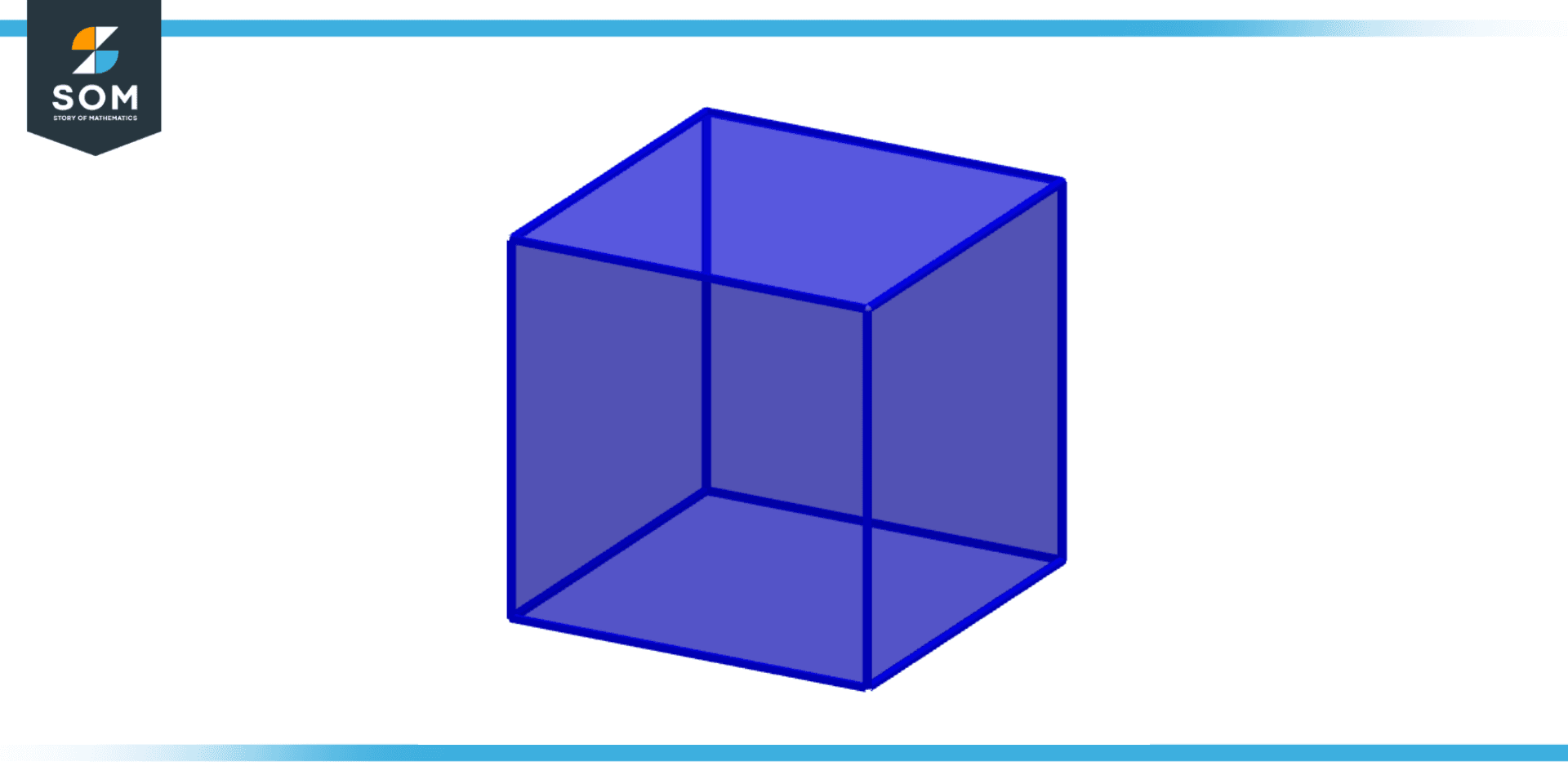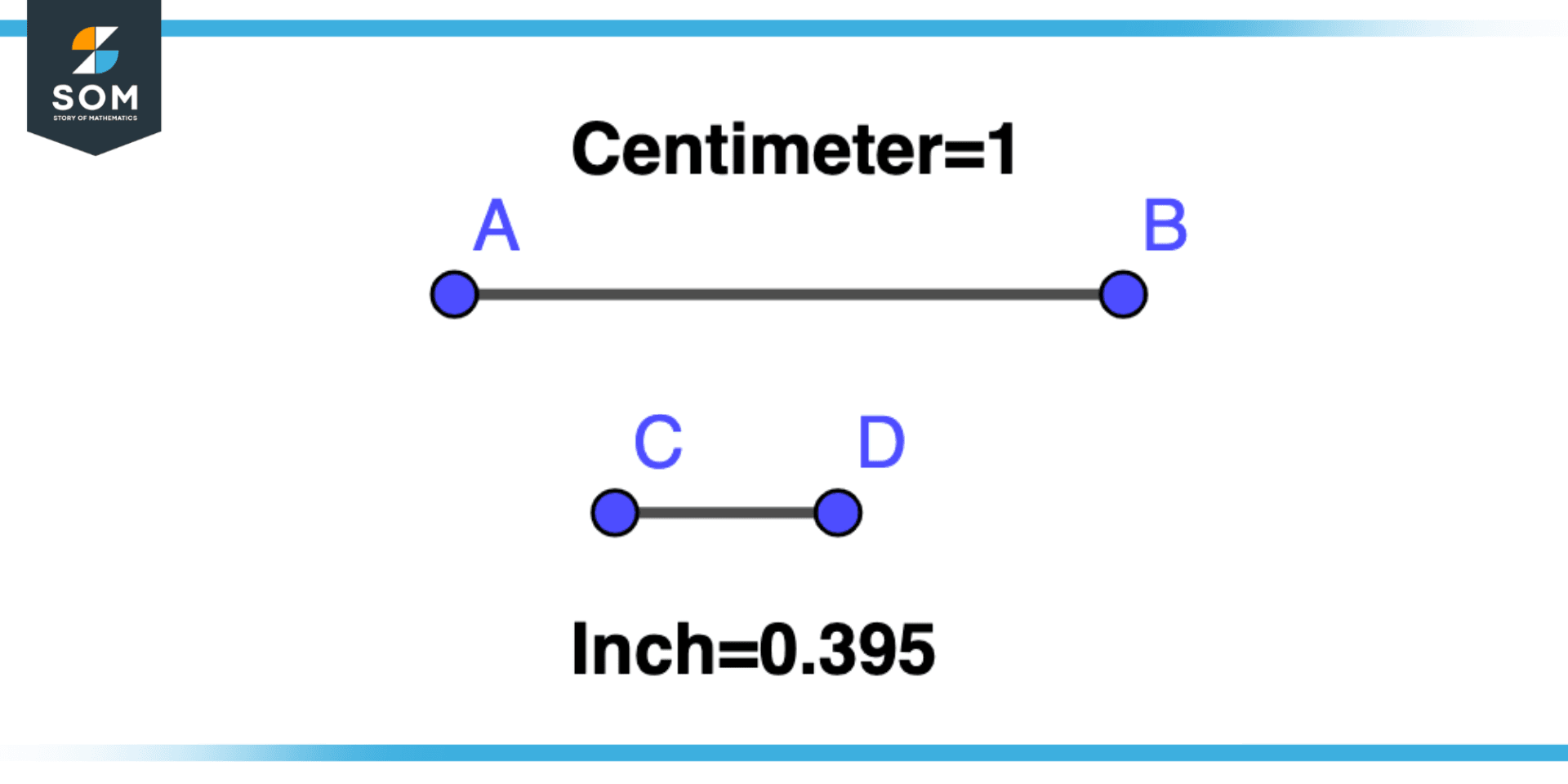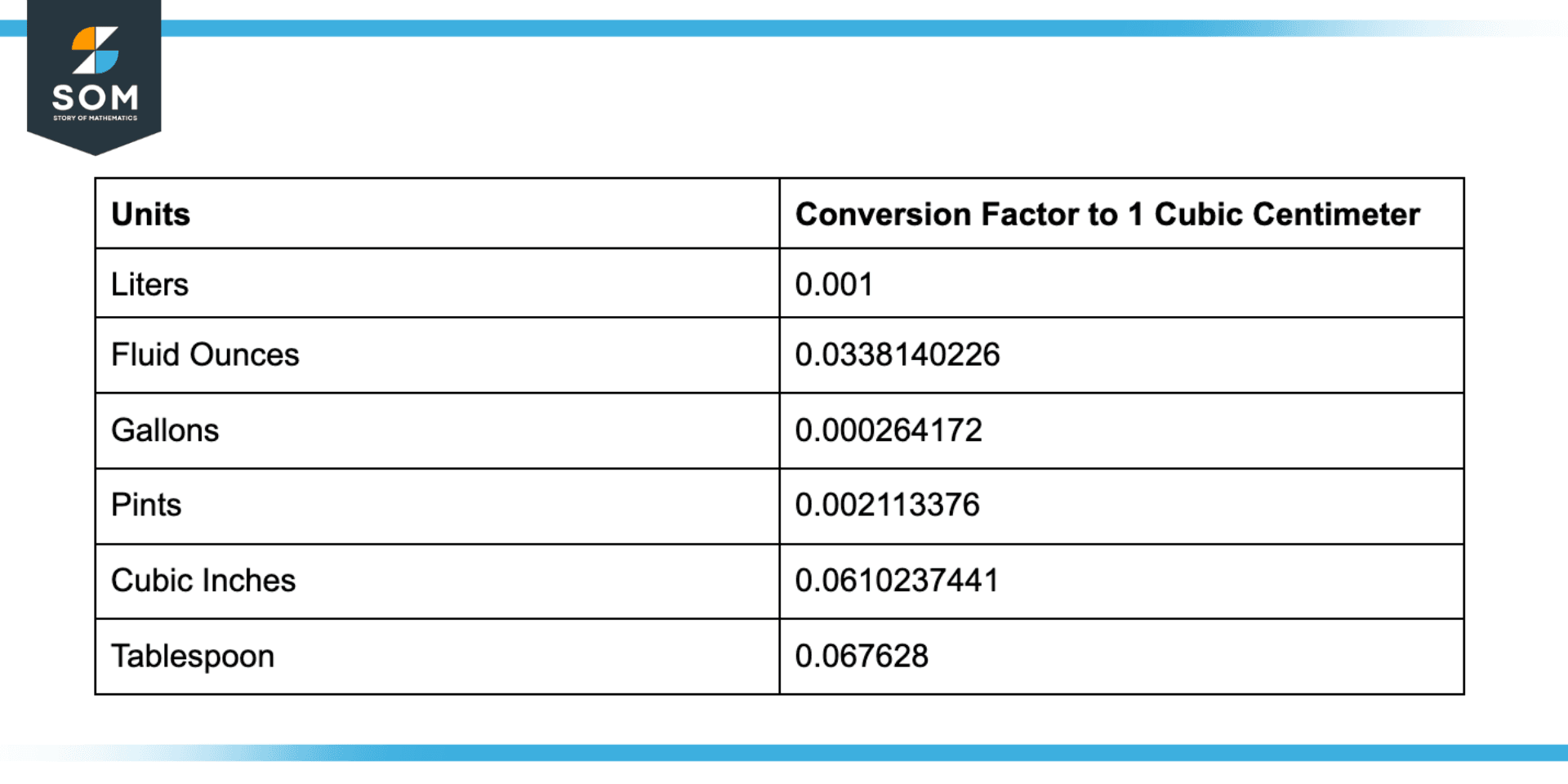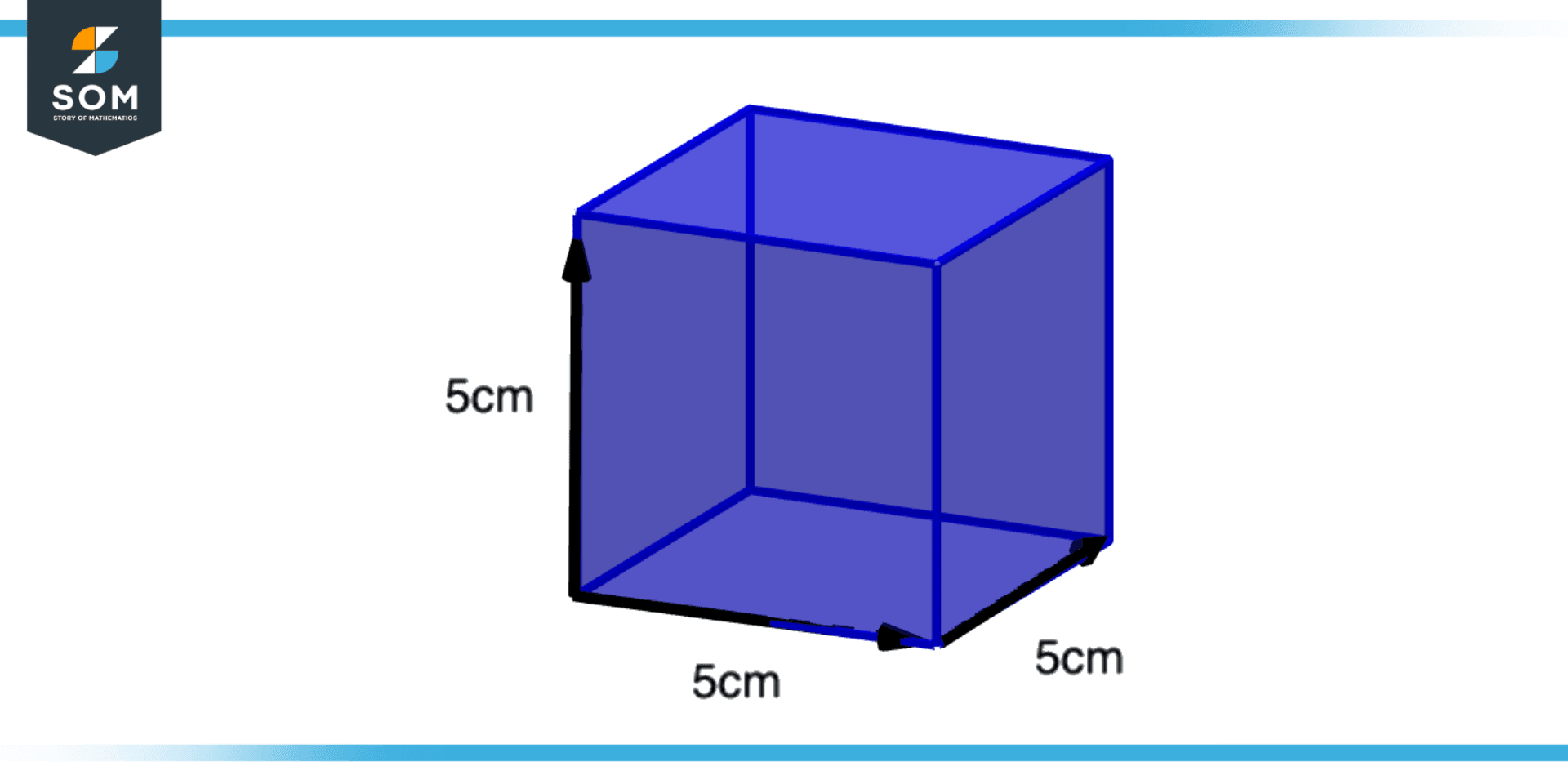JUMP TO TOPIC
Cubic Centimeter|Definition & Meaning
Definition
The cubic Centimeter is a unit of volume that is represented as cm3. One cubic centimeter is defined as the volume of a cube whose each side is one centimeter. One cubic centimeter is equal to one milliliter, which is equal to one-thousandth of a liter.
Cubic Centimeter in the Context of a Cube

Figure 1 – Cubic centimeter in the context of a cube
The volume of a cube with one-centimeter-wide sides is equal to one cubic centimeter.
For instance, the volume of a cube shown above with sides that are each one centimeter would be one centimeter cubic. Simply multiplying one side of a cube by itself twice will give you the volume of the object. In this instance, 1 centimeter multiplied by 3 centimeters equals 1 cubic centimeter.
This is an easy and clear way to understand the idea of a cubic centimeter in relation to a cube.
Why Use Cubic Centimeter?
Cubic centimeters, also referred to as milliliters (mL), are volume measurement that is frequently used in a variety of fields, including engineering, medicine, food preparation, and scientific research. There are several reasons why cubic centimeters are necessary.
Standardization
Volume measurements can be standardized with cubic centimeters, which are a unit of measurement. This makes it easier to compare and understand data because it ensures that individuals and organizations are using the same unit of measurement.
Precision
Since cubic centimeters are a relatively small unit of measurement, they are ideal for precise and accurate applications, such as measuring minute quantities of medication or food ingredients.
Consistency
Cubic centimeters are a reliable unit of measurement for volume in many industries. A precise and consistent measurement for ingredients like milk, water, and oil is provided by recipes, which, for instance, may list ingredients in milliliters or cubic centimeters.
Conversion
Cubic centimeters are flexible units of measurement for a wide range of applications because they are easily converted into other units, like liters or fluid ounces.
Scientific Research
Cubic centimeters are used in scientific research to measure the volume of liquids, solids, and gases. This enables researchers to precisely calculate the quantity of a substance they are working with and to compare various substances with accuracy.
Comparison of Cubic Centimeter With Cubic Inch

Figure 2 – Comparison of cubic centimeter with cubic inch
The two different units of measurement used to express volume are cubic centimeters and cubic inches. A cubic inch belongs to the imperial system, whereas a cubic centimeter belongs to the metric system.
The volume of 1 cubic centimeter is roughly equal to 0.06102374 cubic inches. On the other hand, 16.387064 cubic centimeters is roughly the same as 1 cubic inch.
Depending on the application, the conversion between cubic centimeters and cubic inches may be necessary. For instance, the volume of medications is frequently measured in cubic centimeters in the medical field, while in the building sector, the volume of wood or other building materials may be measured in cubic inches.
It’s crucial to remember that using the proper conversion factor when converting between cubic centimeters and cubic inches will ensure accurate results. Additionally, it’s critical to consistently use a specific unit of measurement to prevent misunderstandings and guarantee that data is interpreted correctly.
Conversion of Cubic Centimeter To Various Units of Capacity

Figure 3 – Converting cubic centimeters into other units of capacity
Numerous units of capacity can be created from cubic centimeters, including:
- Liters: 0.001 liters or one cubic centimeter are equal. Simply multiply the volume in cubic centimeters by 0.001 to convert it from cubic centimeters to liters.
- Fluid ounces: 0.0338140226 fluid ounces are equal to 1 cubic centimeter. The volume in cubic centimeters must be multiplied by 0.0338140226 in order to be converted to fluid ounces.
- Gallons: The number of gallons in one cubic centimeter is 0.000264172. The volume in cubic centimeters must be multiplied by 0.000264172 in order to be converted to gallons.
- Pints: 0.002113376 pints are equal to 1 cubic centimeter. The volume in cubic centimeters must be multiplied by 0.002113376 in order to be converted to pints.
- Cubic inches: 0.0610237441 cubic inches are equal to 1 cubic centimeter. The volume in cubic centimeters must be multiplied by 0.0610237441 to be converted to cubic inches.
- Tablespoon: The conversion factor between tablespoons and cubic centimeters is 0.067628. This implies that 0.067628 tablespoons are equal to 1 cubic centimeter.
Of course, there are many other units we can relate cubic centimeters to, but these are some of the very common ones.
The Field in Which Centimeter Cube Is Used Significantly
The volume of liquids, such as medications and other treatments, is frequently measured in cubic centimeters (cc) in the medical field. For instance.
Liquid Medication Dosage
Milliliters or cubic centimeters are frequently used when dispensing liquid medications. These units of measurement are used by physicians and pharmacists to calculate the right dosage for patients based on their age, weight, and other characteristics.
Injections
Many pharmaceuticals, including vaccines, are given through injections. To make sure that patients receive the right dosage, the injection’s volume is typically measured in cubic centimeters.
IV Fluid Administration
Patients may receive intravenous (IV) fluid therapy in hospitals and other healthcare facilities to help replenish fluids and restore electrolyte balance. To ensure that patients receive the right amount, the volume of IV fluid is typically measured in cubic centimeters and is closely monitored.
Solved Examples With Cubic Centimeters as the Measuring Unit
Example 1
Consider a cube having a side length equal to 5 cm. Compute the volume of the cube.

Figure 4 – Cubic centimeter illustration via an example of a cube’s volume
Solution
Volume in cubic centimetres = 5 cm x 5 cm x 5 cm
Volume in cubic centimeters = 125 cubic cm
Therefore, the cube has a volume of 125 cubic centimeters. This illustrates how the volume of a three-dimensional object can be calculated in cubic centimeters.
Example 2
Consider the volume of the cube as 5 cc (cubic centimeters). Convert them to the following units.
- Liters
- Fluid Ounces
- Pint
- Gallons
- Tablespoon
Solution
Liters
1 Cubic Centimeter = 0.001 L
5 Cubic Centimeter = 0.001 L x 5
5 Cubic Centimeter = 0.005 L
Fluid Ounces
1 Cubic Centimeter = 0.0338140226 Fluid Ounces
5 Cubic Centimeter = 0.0338140226 Fluid Ounces x 5
5 Cubic Centimeter = 0.16907
Pint
1 Cubic Centimeter = 0.002113376 pint
5 Cubic Centimeter = 0.002113376 pint x 5
5 Cubic Centimeter = 0.0105669 pint
Gallons
1 Cubic Centimeter = 0.000264172 Gallons
5 Cubic Centimeter = 0.000264172 Gallons x 5
5 Cubic Centimeter = 0.00132086 Gallons
Tablespoon
1 Cubic Centimeter = 0.067628 tbsp
5 Cubic Centimeter = 0.067628 tbsp x 5
5 Cubic Centimeter = 0.33814 tbsp
All mathematical drawings and images were created with GeoGebra.
